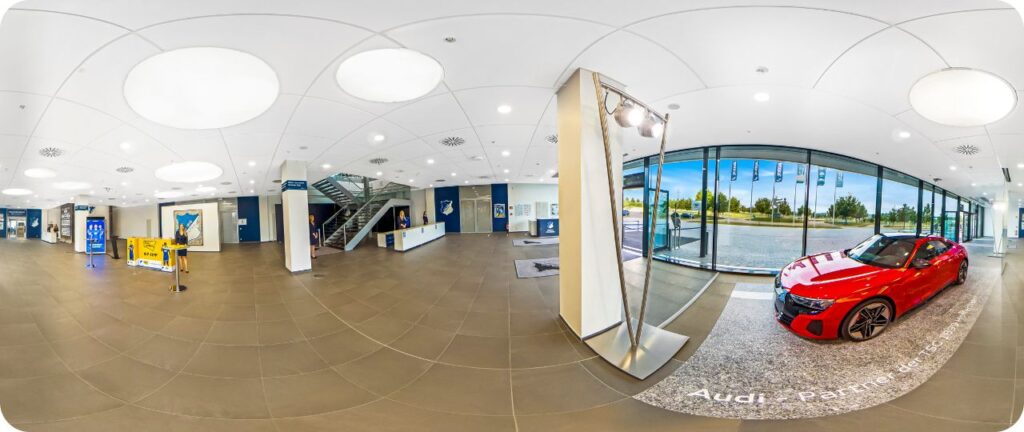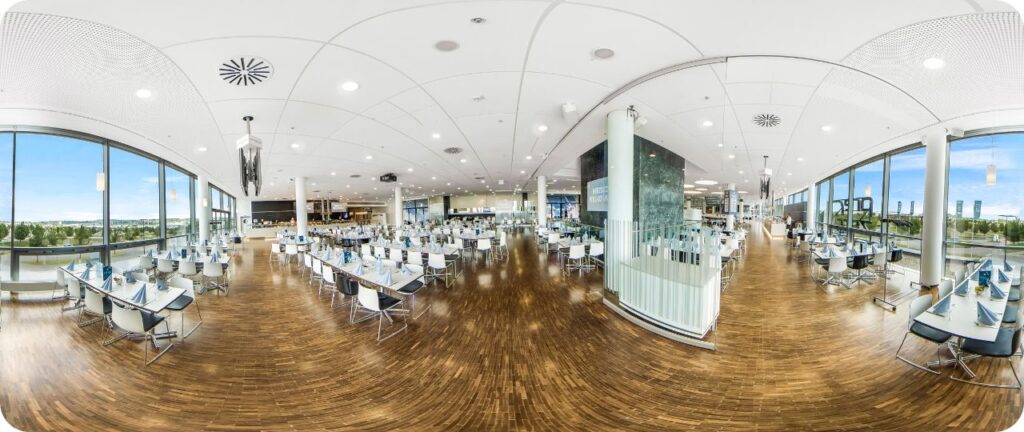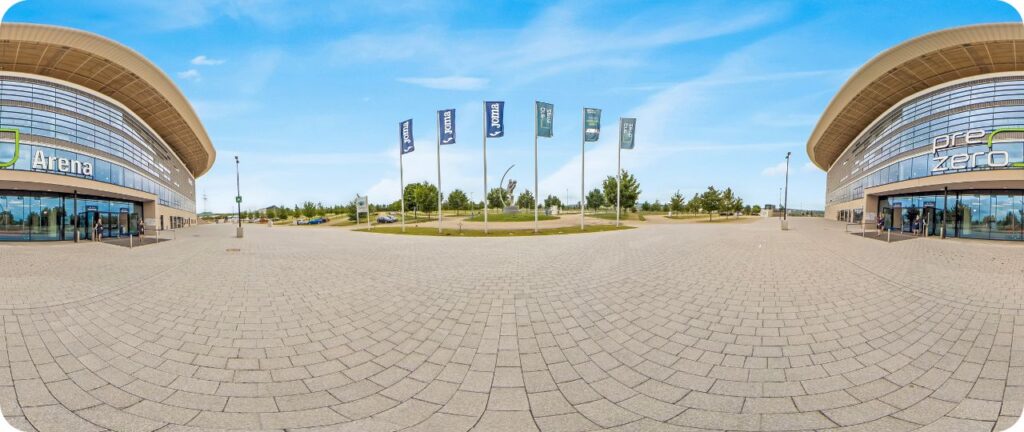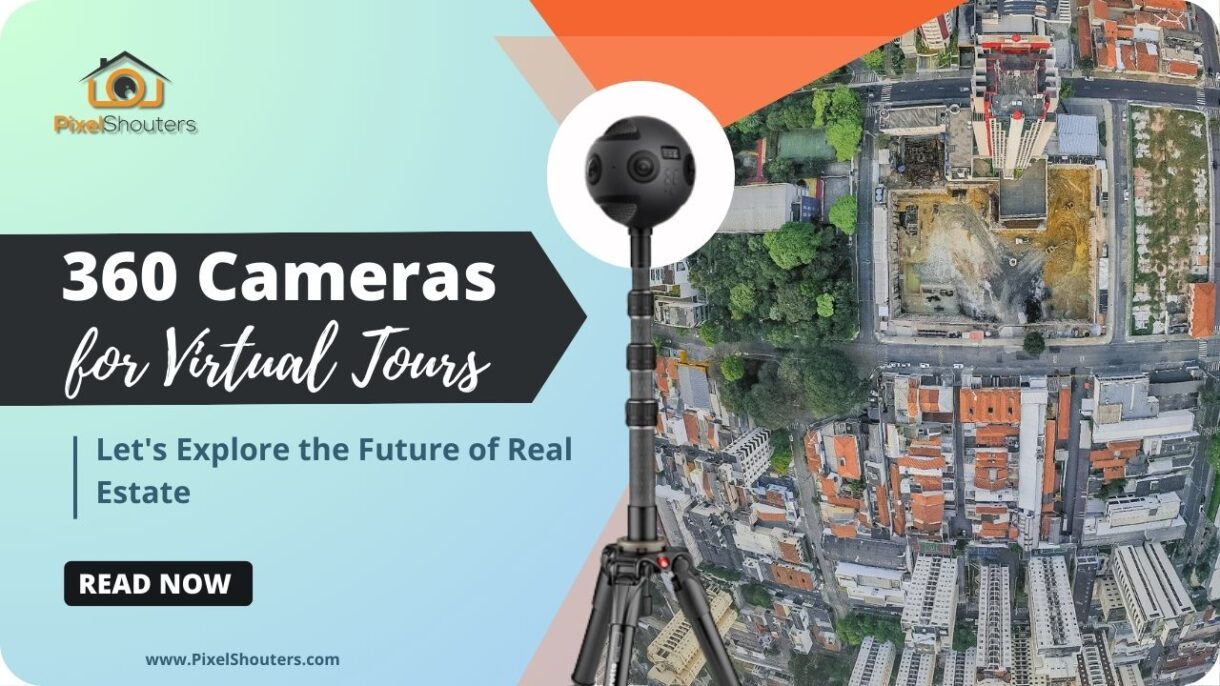The Top 360 Cameras for Virtual Tours: A Comprehensive Guide
In cutting-edge real estate marketplace, imparting capability buyers with a virtual excursion of a property has emerge as a recreation-changer. Virtual tours allow searching for what you offer to explore a assets as if they have been physically gift, supplying a more immersive and interactive revel in. To create beautiful virtual excursions, one crucial thing is the 360 digital camera. In this guide, we’ll delve into the sector of 360 cameras and present a selection of the pinnacle alternatives available. Whether you are a real estate professional, a photographer, or a property owner trying to create charming virtual excursions, this text is your go-to resource.
Table of Contents
Virtual excursions have revolutionized the manner we enjoy real estate listings. They offer a dynamic and tasty way to explore homes from the consolation of your home. With the advancement of technology, growing these virtual excursions has emerge as greater handy, thanks to the use of 360 cameras.
The preference of a 360 digicam can notably impact the first-rate of your virtual tour. To assist you are making an knowledgeable selection, we are able to discover the kinds of 360 cameras to be had and the important thing elements to take into account before buying one. We’ll also present a curated list of the pinnacle 360 cameras for virtual excursions. Let’s start our journey into the sector of immersive property exploration.
II. Types of 360 Cameras
Before diving into the specifics of individual cameras, allow’s first apprehend the specific sorts of 360 cameras to be had in the marketplace.
A. Dedicated 360 Cameras
Dedicated 360 cameras are designed solely for taking pictures 360-diploma content. These cameras are motive-built to provide top notch panoramic snap shots and videos. Some well-known fashions in this class include the Insta360 One X2 and the Ricoh Theta Z1.
Advantages of Dedicated 360 Cameras:
- They are designed for the sole purpose of capturing 360 content, resulting in better image quality.
- Most dedicated 360 cameras are compact and portable, making them suitable for on-the-go shooting.
- hey often come with built-in stitching software for easy post-processing.
Disadvantages of Dedicated 360 Cameras:
- They may come at a relatively higher cost in comparison to alternative choices.
- Some models may have limited advanced manual settings for professional photographers.
B. DSLR/Mirrorless Cameras with 360-Degree Attachments
If you’re a photography enthusiast with an existing DSLR or mirrorless camera, you might consider purchasing a 360-degree attachment. These attachments can transform your conventional camera into a 360-degree shooting powerhouse. It’s a cost-effective way to leverage your existing equipment for 360-degree content creation.
Advantages of DSLR/Mirrorless Cameras with Attachments:
- You can leverage your existing camera equipment, saving on costs.
- These attachments often offer more advanced manual settings and greater flexibility.
Disadvantages of DSLR/Mirrorless Cameras with Attachments:
- They can be bulkier and less portable than dedicated 360 cameras.
- The quality of 360 attachments varies, and compatibility issues may arise.
C. Smartphone Apps and Accessories
For those who prefer a more lightweight and budget-friendly approach, many smartphone apps and accessories can turn your mobile device into a 360 camera. While these options may not provide the same level of quality as dedicated cameras, they are a convenient choice for beginners and hobbyists.
Advantages of Smartphone Apps and Accessories:
- Budget-friendly and beginner-friendly options.
- Convenient for casual use and experimentation.
Disadvantages of Smartphone Apps and Accessories:
- Limited image quality compared to dedicated cameras.
- May lack advanced features and manual settings.
Now that you have an understanding of the types of 360 cameras available, let’s move on to the key factors to consider when choosing the best camera for your virtual tour needs.

III. Key Factors to Consider
Selecting the right 360 camera for your virtual tours involves considering several crucial factors:
A. Resolution and Image Quality
When creating virtual tours, image quality is paramount. The resolution of your 360 camera determines the sharpness and clarity of your images and videos. Higher resolution cameras capture more detail, making your virtual tour more engaging.
B. Stitching Quality
Stitching refers to the process of blending the multiple images captured by the camera to create a seamless, panoramic image. The quality of stitching can significantly impact the final result. Look for a camera that offers excellent in-camera stitching or provides access to reliable post-processing software.
C. Battery Life
Virtual tours can be time-consuming, especially if you’re capturing multiple properties in a day. A camera with a longer battery life ensures you can complete your work without frequent interruptions.
D. Compatibility with Virtual Tour Software
Consider the compatibility of your chosen camera with virtual tour software. Some cameras are optimized to work seamlessly with specific software platforms, making the creation and editing process more efficient.
E. Price Range
Your budget plays a crucial role in your camera selection. While dedicated 360 cameras often come with a higher price tag, they offer top-notch image quality. On the other hand, attachments and smartphone options can be more budget-friendly.
F. User-Friendliness and Ease of Use
If you’re new to 360 photography, user-friendliness should be a priority. Choose a camera that’s easy to operate and configure, so you can start creating virtual tours without a steep learning curve.
IV. Top 360 Cameras for Virtual Tours
Now, let’s explore the top 360 cameras available on the market, considering the factors mentioned above.
A. Insta360 One X2
The Insta360 One X2 is a dedicated 360 camera that has gained popularity for its exceptional image quality and versatility. It features a high-resolution sensor, built-in stabilization, and user-friendly software.
Key Features:
- 5.7K resolution for sharp and detailed images and videos.
- Flow State stabilization for smooth footage.
- User-friendly app for easy editing and sharing.
- Waterproof and durable design.
Pros:
- Excellent image quality and stabilization.
- Intuitive app for quick editing.
- Suitable for both beginners and professionals.
- Durable build for outdoor use.
Cons:
- Relatively higher price point.

B. Ricoh Theta Z1
The Ricoh Theta Z1 is another dedicated 360 camera known for its high-quality images and advanced features. It offers manual control, multiple shooting modes, and a compact design.
Key Features:
- Dual 1-inch back-illuminated CMOS sensors for improved low-light performance.
- Manual shooting modes for creative control.
- 4K video recording and high-resolution images.
- Compact and portable design.
Pros:
- Outstanding image quality, especially in low light.
- Manual control for advanced photographers.
- Compact and stylish design.
- Multiple shooting modes for creative flexibility.
Cons:
- Higher price compared to some competitors.
- Limited built-in storage.
C. GoPro MAX
GoPro is a well-known name in the action camera industry, and the GoPro MAX is its offering in the 360 camera segment. This camera is designed for adventure seekers and content creators, providing versatility and durability.
Key Features:
- 5.6K resolution for high-quality 360-degree content.
- Max Hyper Smooth stabilization for steady footage.
- Time Warp and Time Lapse video modes for creative shooting.
- Rugged design for outdoor use.
Pros:
- Versatile and durable for outdoor and action-packed shoots.
- Excellent stabilization for smooth footage.
- Familiar GoPro interface for easy use.
- Unique shooting modes for creative content.
Cons:
- May not have the same level of image quality as some dedicated 360 cameras.
- Limited manual control for advanced photographers.
D. Garmin VIRB 360
Garmin, known for its GPS and navigation devices, offers the VIRB 360 as a versatile and rugged 360 camera. It’s designed for capturing immersive outdoor experiences.
Key Features:
- 5.7K resolution for high-quality images and videos.
- Four built-in microphones for 360-degree audio.
- GPS and sensor data overlay for outdoor enthusiasts.
- Rugged and waterproof design.
Pros:
- Excellent image and audio quality.
- Ideal for outdoor and adventure shoots.
- GPS and sensor data overlay for enhanced storytelling.
- Rugged design for extreme conditions.
Cons:
- Heavier and bulkier compared to some other options.
- May not have as many advanced shooting modes.
E. Kandao QooCam 8K
Kandao’s QooCam 8K is a 360 camera known for its exceptional resolution and advanced features. It’s designed for professional content creators and those who demand the highest image quality.
Key Features:
- Impressive 8K resolution for incredibly detailed content.
- Depth mapping for advanced post-processing and effects.
- Super-Steady stabilization for smooth footage.
- Versatile shooting modes and editing software.
Pros:
- Unmatched image quality with 8K resolution.
- Depth mapping for creative post-processing.
- Advanced stabilization for professional results.
- Versatile shooting modes for creative flexibility.
Cons:
- Higher price point for professional-grade features.
- May require some learning for beginners.
These are just a few of the top 360 cameras available on the market. Each camera offers a unique set of features and capabilities, catering to a variety of needs and preferences. Consider your specific requirements, whether you’re a professional real estate photographer or a property owner looking to create engaging virtual tours.

V. Tips for Creating Stunning Virtual Tours
Creating stunning virtual tours involves more than just selecting the right camera. Here are some tips to help you make the most of your 360 camera and create captivating virtual tours:
A. Lighting and Positioning
Proper lighting is essential for high-quality 360-degree content. Avoid shooting in harsh sunlight or low-light conditions, as these can lead to overexposed or noisy images. Experiment with different times of day to find the best lighting for your properties.
In addition to lighting, consider the positioning of your camera. Ensure that it’s level and stable to prevent distortions in your images. Use a tripod or mount for consistent positioning.
B. Post-Processing Techniques
While many 360 cameras offer in-camera stitching and basic editing options, you can enhance your virtual tours with post-processing techniques. Invest time in mastering photo editing software like Adobe Lightroom or specialized 360 editing tools or hire a professional photo editing services to fine-tune your images.
C. Adding Interactive Elements
To engage viewers, consider adding interactive elements to your virtual tours. Interactive hotspots can provide additional information about specific features in the property, such as room dimensions, materials used, or even links to related websites.
D. Storytelling and Narrative
A successful virtual tour tells a story. Create a narrative that guides viewers through the property, highlighting its unique features and selling points. Use descriptive text, audio, or even video to enhance the storytelling aspect of your virtual tours.
VI. Conclusion
In the world of real estate, virtual tours have become a powerful tool for property marketing. To create virtual tours that truly stand out and captivate potential buyers, choosing the right 360 camera is crucial. The five cameras presented in this guide offer different strengths and cater to various user needs, whether you’re a professional photographer or a property owner looking to showcase your listings.
Consider your budget, image quality requirements, and intended usage when making your choice. Regardless of the camera you choose, remember that creating stunning virtual tours also involves mastering techniques such as lighting, post-processing, interactivity, and storytelling.
With the right 360 camera and a creative approach, you can provide potential buyers with a memorable and immersive experience that sets your property listings apart from the rest. Happy shooting, and may your virtual tours be as captivating as the properties themselves.
